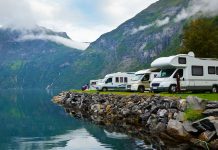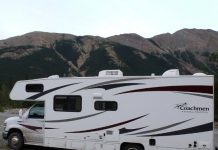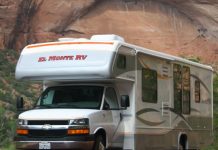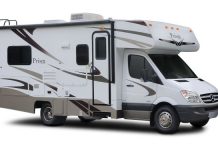The majority of the people only think about the water system when it comes to winterizing their RV. The truth is that it means a lot more than that to make sure that you will be able to use your RV in the next year as well. In order to lengthen the life span of the vehicle, there are some things that you should do.
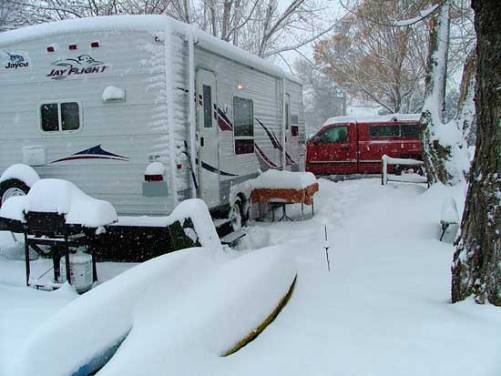
Give it a Bath
The first thing that you are supposed to do is to wash the RV thoroughly. Make sure that you clean the awnings, tires, and wheel wells. Also check the seals to make sure that there is no leakage. Before you cover the RV with a tarp make sure that it is completely dry.
Moving Parts, Bearing and Tires
If you have the possibility to jack the weight from the wheels or to block them, you can avoid the flat spots. There are a lot of moving parts on an RV that should be lubricated before you store the vehicle. If you will store it outside, you should use tire covers. Check the RV everywhere and if you find some cracks or corrosion, this is the time to get everything fixed.
Tarps, Moisture and Covers
It is important for the tarp that you use to be breathable so that there will be no condense beneath it. The moisture can lead to rust, corrosion, and the formation of mold. The same thing is true for the interior as well. Moisture can accumulate inside that can lead to mold formation. You could use Damp Rid or silica gel.
Mouse Proofing
Mouse proofing doesn’t only mean mice; it also refers to reptiles, insects, and all animals that could get into the RV. Look for holes and cracks that are big enough for animals to get through them. Insects and snakes get through the smallest cracks. It is also important to know that squirrels, just like mice, can turn out to be very destructive.
Fill the Holes
If you find any holes, you should fill it with aluminum or brass wool. These materials don’t get rusty and they will fill all the openings. Foam insulation material also works well to fill the smaller cracks and holes.
Traps and Bait
You shouldn’t leave any options for animals to get inside the RV. It might be a good idea to place traps and baits around the places where the RV gets in contact with the ground.

